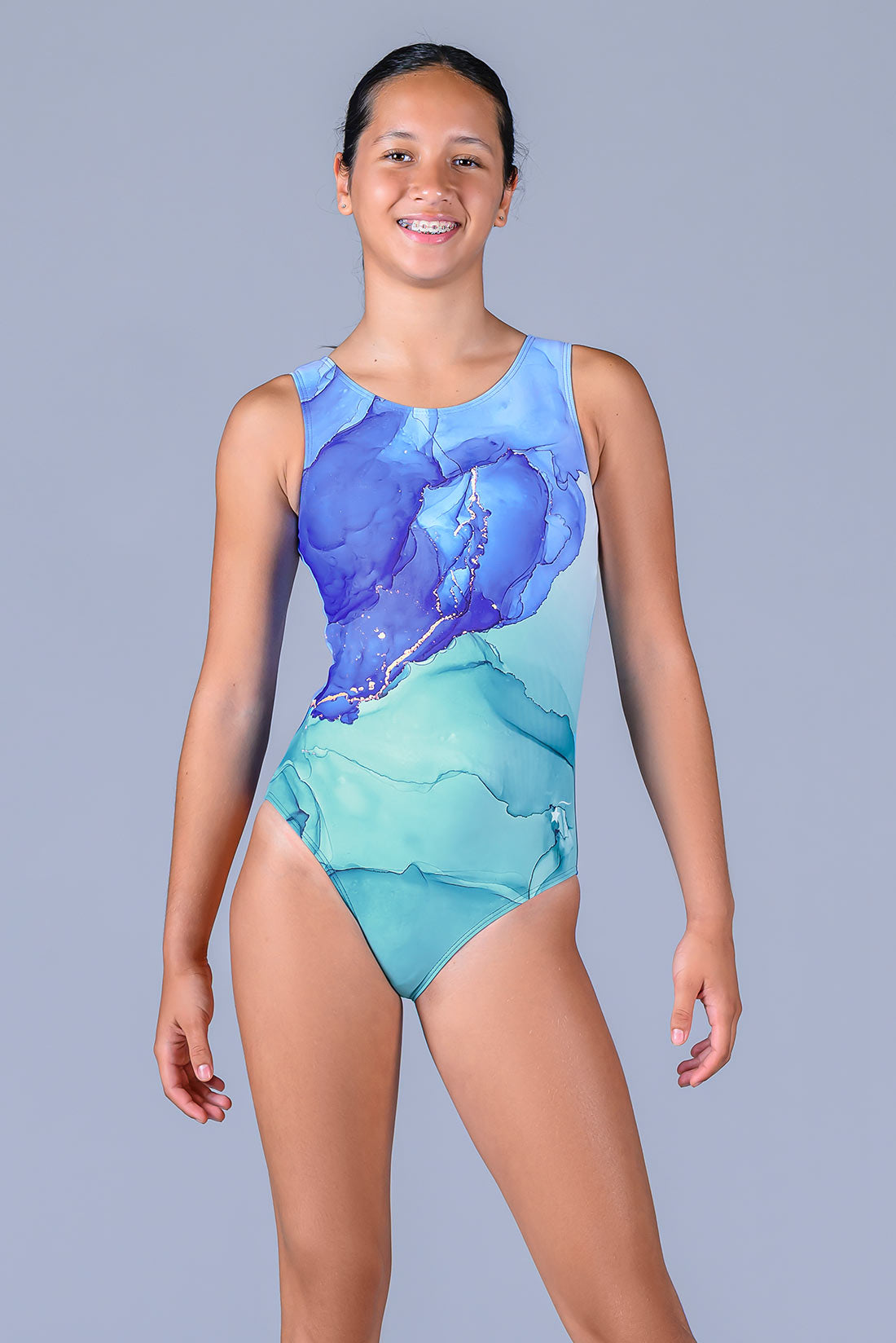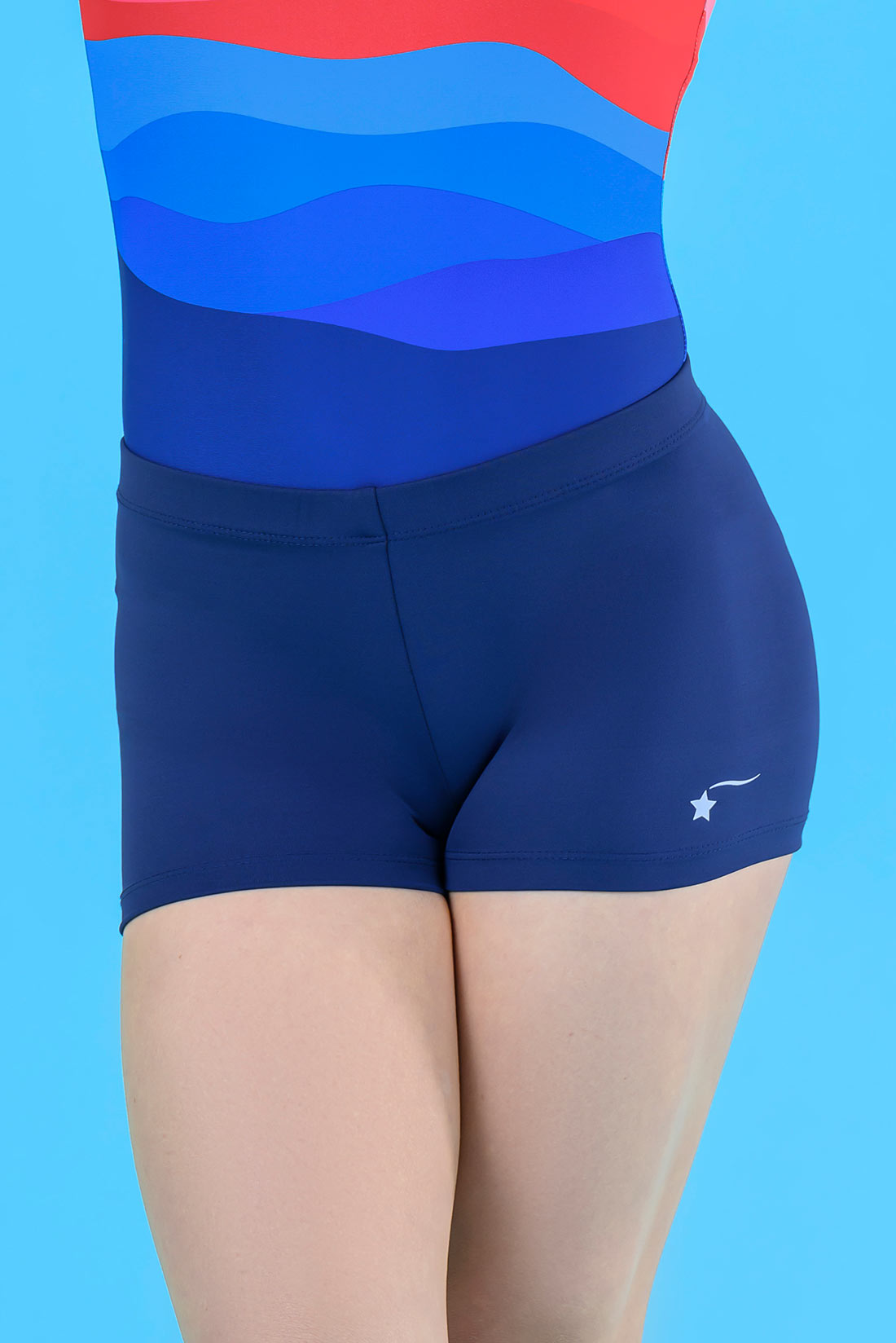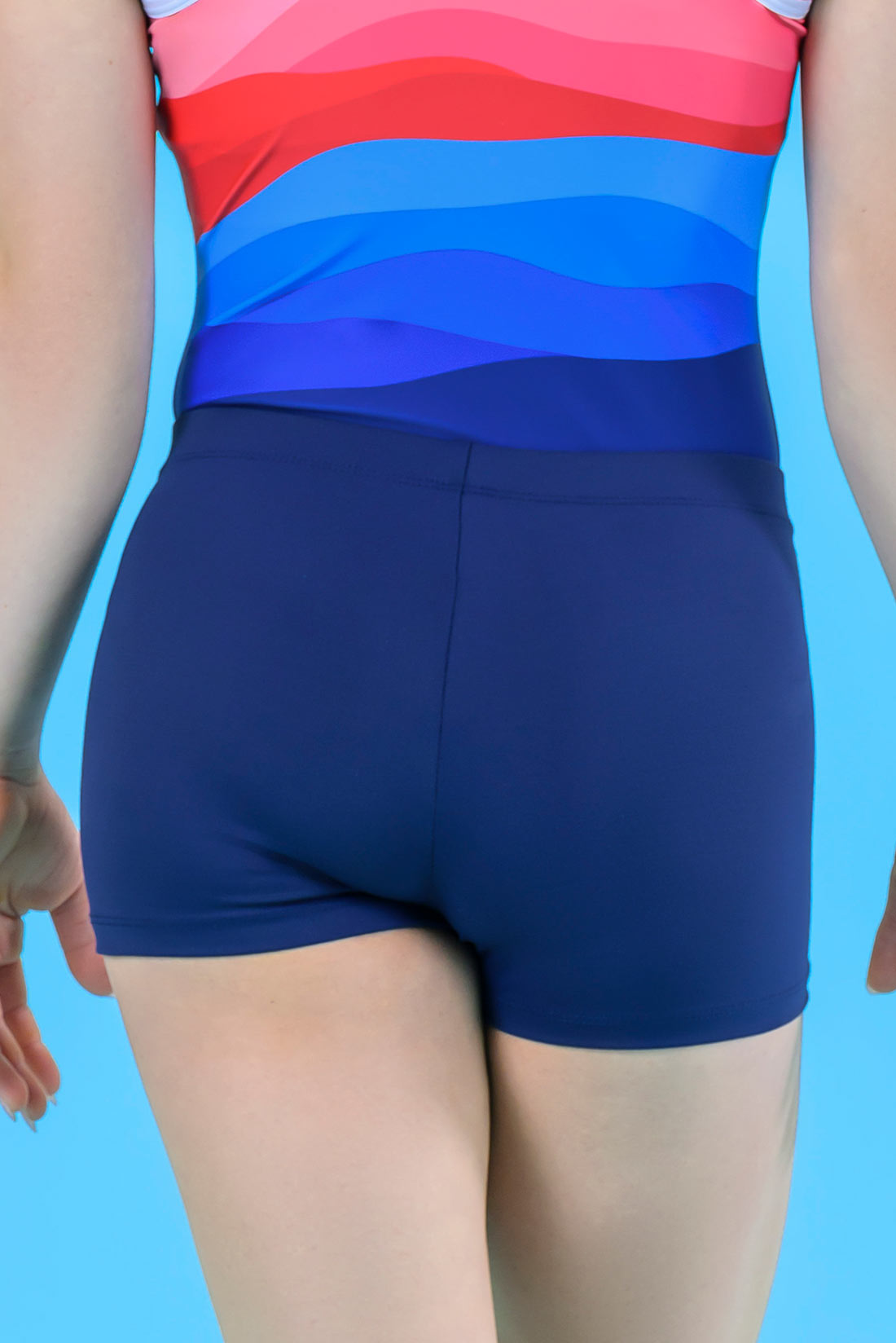Level 6 Gymnastics: What to know about the requirements
 You did it! You you accomplished a 32.00 AA in Level 5. That’s no small feat, so please take a moment to let that sink in: feel awesome! The world of Optional Gymnastics has opened up for you. And while you soak up the moment, you’re probably getting ready to move onto your next goal: taking on Level 6 gymnastics. Destira is a company made by former gymnasts, and we’re here to help you get your head around this next big step.
You did it! You you accomplished a 32.00 AA in Level 5. That’s no small feat, so please take a moment to let that sink in: feel awesome! The world of Optional Gymnastics has opened up for you. And while you soak up the moment, you’re probably getting ready to move onto your next goal: taking on Level 6 gymnastics. Destira is a company made by former gymnasts, and we’re here to help you get your head around this next big step.
The Optional Gymnastics level is defined by the prospect of designing your very own routine. Embrace this opportunity to express yourself. We’ve summarized some of the technical considerations you’ll need in order to shine bright. 
First, let’s take a closer look at skills and their values. In gymnastics, every skill has a “value.” The value is determined by the difficulty of the skill in question. Values range from A to E. “A” skills are the easiest and include maneuvers like cartwheels, kips on bars, and handstands on beams. “E” skills are the hardest: split leap with full turn is an example. There is a wide range of skills that are valued between A and E. As a Level 6 gymnast, you will be required to perform a minimum of 5 A skills and 1 B skill per event (with the exception of vault which gives you a choice of the type of vault that is accepted). No "C" elements are permitted in Level 6.
Note that Level 6 is not a required level in the JO Optional Program, however it gives the gymnasts a wonderful base and view of what Optional Gymnastics is like before moving onto Level 7. Below is a list of the minimum requirements necessary on each event to compete in Level 6. We hope this makes your routine easier to understand and to compose!
Vault
There are three types of vaults allowed at Level 6. All worth a 10.0 Start Value.
- Front handspring onto a min. of two 8 in. mats
- Yurchenko timer onto a mat stack
- Tsuk timer (1/4-1/2 twist on) onto a mat stack
Uneven Bars
In order to start the routine at a 10.0 it must be constructed of a minimum of 6 elements. Allowed are 5 A’s, 1 B and 0 C's at Level 6. More B than A elements are allowed to fulfill the 6 element requirement.
Additionally, the following requirements on bars are required:
- One cast at a minimum of 45°. The cast must be above 45° to meet the requirement.
- One bar change. (Ex. squat onto the low bar, jump to the high bar)
- One 360° circling element. (Ex. clear hip circle)
- Minimum of an A dismount. (Ex. tuck flyaway)
Balance Beam
In order to start the routine at a 10.0 it must be constructed of a minimum of 6 elements. Allowed are 5 A's, 1 B and 0 C’s at Level 6. More B than A elements are allowed to fulfill the 6 element requirement.
A Level 6 beam routine has a maximum time allotment of 1:15 seconds. If over this time, a .1 deduction will occur for “overtime.”
Additionally, the following requirements on beam are required:
- One non-flight acrobatic (acro) series. (Ex. handstand into back walkover)
- One acro flight element. (Ex. round-off)
- One leap or jump that has a 180° split
- One 360° turn. (Ex. full turn in passe)
- A dismount (Ex. front tuck off of the beam)
Floor
In order to start the routine at a 10.0 it must be constructed of a minimum of 6 elements. Allowed are 5 A’s, 1 B and 0 C’s at Level 6. More B than A elements are allowed to fulfill the 6 element requirement.
A Level 6 floor routine has a maximum time allotment of 1:15 seconds. If over this time, a .1 deduction will occur for “overtime.” If a gymnast steps out of bounds during the routine (outside the square tape mark) she will receive a .1 deduction each time.
Additionally, the following requirements on floor are required:
- One acro series with 3 directly connected elements. Two of the elements must have flight. (Ex. round-off, back handspring, back layout, etc.)
- One salto or aerial in any direction. This can be within the acro series or separate. (Ex. back tuck or front tuck)
- Two dance elements. One of the elements must be a leap that meets the 180° split requirement.
- One 360° turn on one foot. (Ex. full turn in coupe)
 We wish you the best of luck in your Level 6 competition season this year!
We wish you the best of luck in your Level 6 competition season this year!
Below is a link to a cheat sheet from USAG to help with the skill requirement breakdown by level and by group requirements.



















































































































































































